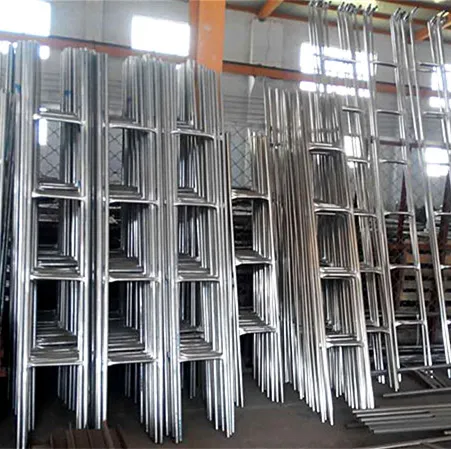loading...
- No. 9, Xingyuan South Street, Dongwaihuan Road, Zaoqiang County, Hengshui, Hebei, China
- admin@zjcomposites.com
- +86 15097380338
- Welcome to visit our website!
carbon filter vessel
Understanding Carbon Filter Vessels Essential Components of Water and Air Purification
In an age where environmental concerns are paramount, the need for effective filtration systems has never been greater. Carbon filter vessels have emerged as essential components in both air and water purification processes. These vessels utilize activated carbon, a highly porous material known for its ability to adsorb pollutants, toxins, and impurities, making them pivotal in maintaining clean environments and ensuring safe drinking water.
What is a Carbon Filter Vessel?
A carbon filter vessel is a container designed to hold activated carbon, which is the primary medium responsible for filtration. These vessels come in various shapes and sizes, depending on their intended application, which can range from residential water purification systems to large industrial setups. The design of the vessel typically facilitates optimal water or air flow, allowing contaminants to effectively interact with the activated carbon.
How Does It Work?
The effectiveness of a carbon filter vessel lies in the process of adsorption. Unlike absorption, where one substance is taken in by another, adsorption involves the adhesion of molecules from a gas or liquid to a solid surface. Activated carbon boasts an extensive surface area due to its porous structure, often exceeding 1000 square meters per gram. This vast surface area allows the carbon to capture a wide range of pollutants, including volatile organic compounds (VOCs), chlorine, heavy metals, and various other harmful substances.
When air or water passes through the carbon filter vessel, contaminants are attracted to and held on the surface of the activated carbon particles. Over time, as more pollutants accumulate, the effectiveness of the filter decreases. Regular maintenance, including the replacement or regeneration of activated carbon, is crucial to ensure the continued performance of the filter.
Applications of Carbon Filter Vessels
carbon filter vessel

Carbon filter vessels are utilized in a myriad of applications. In residential settings, they are commonly used in water filtration systems to improve taste and remove harmful substances such as lead, mercury, and chlorine, providing safer drinking water for families. In industrial contexts, these vessels can handle larger volumes and are essential in wastewater treatment facilities, where they help in reducing the levels of harmful contaminants before the water is released back into the environment.
Moreover, in the realm of air purification, carbon filter vessels are used in HVAC systems and air purifiers. They effectively adsorb indoor air pollutants, including odors, smoke, and toxic fumes, thus enhancing indoor air quality. This application is particularly important in urban areas where air quality is a significant concern.
Advantages of Using Carbon Filter Vessels
One of the primary advantages of carbon filter vessels is their efficiency in removing a wide variety of contaminants at relatively low operational costs. They are also eco-friendly, as activated carbon can often be regenerated and reused, thus reducing waste. Furthermore, the simplicity of carbon filtering systems means that they can be easily integrated into existing plumbing or HVAC systems without the need for extensive modifications.
Challenges and Considerations
Despite their many benefits, carbon filter vessels are not without limitations. They are less effective against certain contaminants, such as nitrates or heavy metals in some forms. Additionally, the capacity of the activated carbon to adsorb pollutants diminishes over time, leading to the need for periodic replacement. Users must be aware of these factors and choose the right type of filtration system based on their specific needs.
Conclusion
As the demand for clean air and water continues to rise, carbon filter vessels will play an increasingly vital role in purification technologies. Their ability to efficiently remove harmful substances, combined with their versatility across various applications, makes them an indispensable tool in the ongoing effort to promote public health and environmental sustainability. By understanding their function and importance, individuals and industries can take proactive steps toward ensuring a cleaner, safer future.
-
GRP Structures: The Future of Lightweight, High-Performance EngineeringNewsJun.20,2025
-
FRP Water Tank: High-Performance Storage for Corrosive and Clean Water SystemsNewsJun.20,2025
-
FRP Square Tube: The New Industry Standard for Chemical and Structural ApplicationsNewsJun.20,2025
-
FRP Pultruded Profiles: The Ultimate Choice for Lightweight Structural StrengthNewsJun.20,2025
-
FRP Handrails: The Safer, Smarter, and Stronger Choice for Modern InfrastructureNewsJun.20,2025
-
FRP Grating: The Smart Solution for Durable, Lightweight Industrial FlooringNewsJun.20,2025
-
Why Choose a Galvanized Water Tank for Your Storage NeedsNewsMay.21,2025
